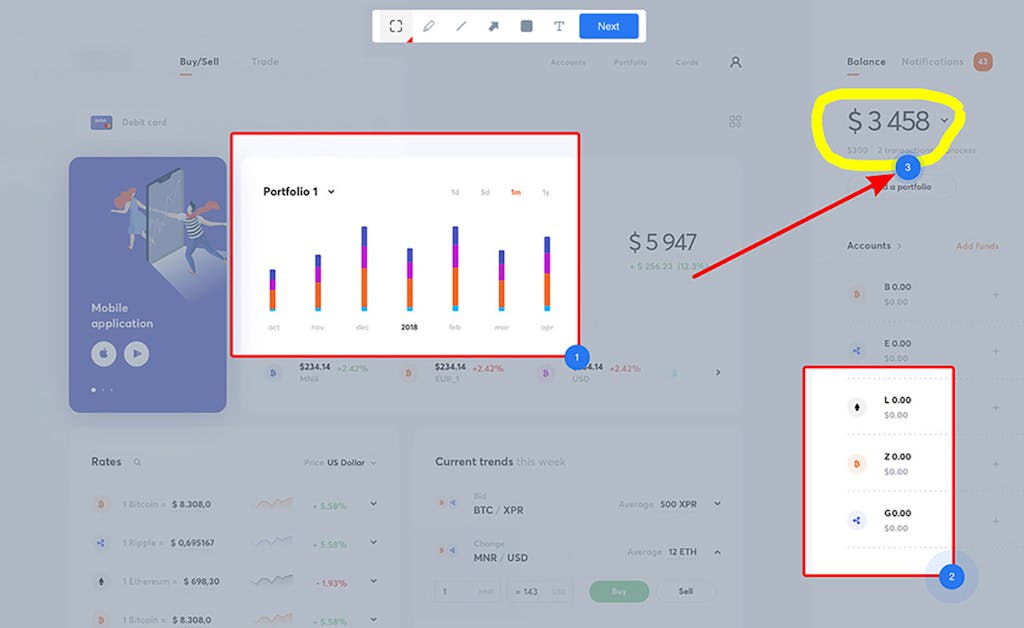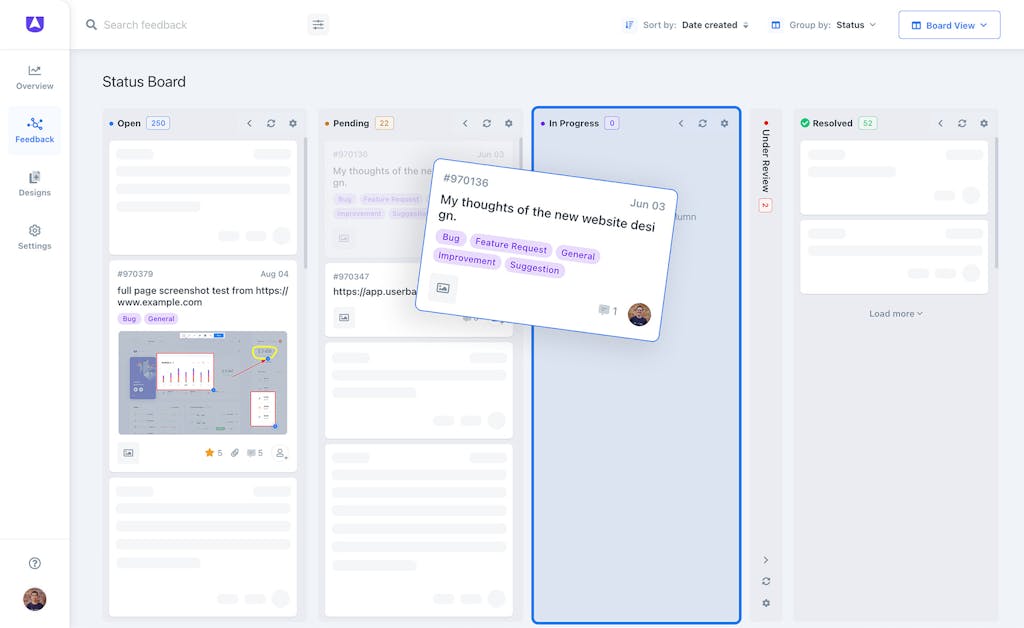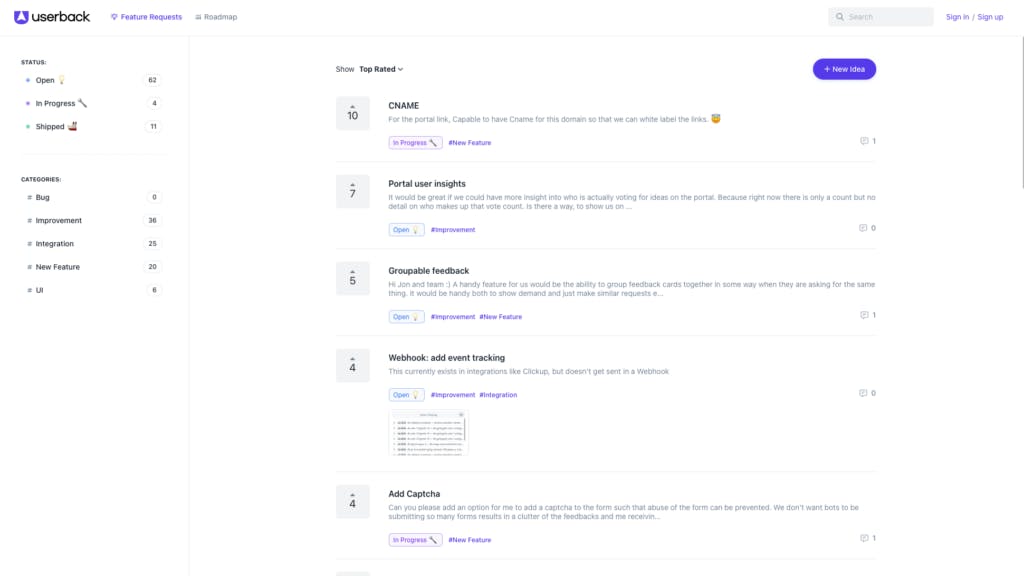Let’s talk about product manager challenges, and try to make this complex role a little easier…
The role of the product manager is a critical one in any organization – helping to bring a product to market, developing product strategy, and working with cross-functional teams to ensure successful product delivery.
But product managers are often tasked with juggling a lot of different responsibilities, which can lead to some common challenges. Having the ability to navigate the product management challenges on a daily basis and adapt to change is key to success in this role.
With the right tips and tools, product managers can successfully overcome those product manager challenges each face at some time in any role they take. In many cases, these challenges can turn into opportunities for product managers to shine.
In this article, we will take a look at some of the most common scenarios creating challenges for product manager and how to overcome them.
What Is A Product Manager?
Before we get into specific product manager challenges, let’s take a quick look at what product management entails.
Product management is a multifaceted role that encompasses many different product development and delivery aspects.
Product managers are generally responsible for the strategy and vision for a product, working with stakeholders to determine what needs to be built and how it should be delivered. They also work with teams across the organization to ensure that the product is delivered on time and within budget.
This involves managing product features, requirements, and timelines and working with engineers to make sure that the product is developed correctly and meets customer needs.
In addition, product managers are often responsible for product marketing and communications, including creating product launch plans and managing product releases.
As you can imagine, this large and varied role can lead to several challenges.
Common Challenges in Product Managerment – and How to Overcome Them
1. Balancing multiple demands and priorities
One of the biggest challenges for product managers is juggling multiple demands and priorities.
As seen above, the job description of a product manager can seem endless. In a single day, a product manager may be forced to navigate any of the following:
- New product strategy requests from the CEO
- A meeting with the engineering team to discuss product development progress
- A call with a customer who is experiencing product issues
- Budgetary constraints and product delivery timelines
The list goes on.
With so many different demands placed on product managers, it can be difficult to know where to focus your attention.
One way to overcome this challenge is to prioritize your time and energy. This means creating a list of priorities and then working on one task at a time until it is completed.
This may seem like a simple solution, but it can be difficult to stick to. In the midst of a hectic day, it can be tempting to try to multitask and work on multiple tasks simultaneously. However, this often leads to lower quality work, leaving product managers feeling overwhelmed.
Another way to overcome this challenge is to build a strong team around you. Delegating tasks to others can help to lighten the load and allow product managers to focus on the bigger picture.
When delegating tasks, it is important to be clear about what you expect and to provide adequate support. Giving too much direction or micromanaging can actually hinder team productivity.
2. Establishing and maintaining product focus
In the early stages of product development, it can be difficult to maintain focus on the product and stay true to the original vision.
As product managers work with stakeholders to define the product, new ideas and features can quickly pile up. This often leads to a product that is bloated and difficult to use.
For example, a product manager may be working on a new messaging app. The product team may come up with the following features:
- Send text, images, and videos
- Create group chats
- Share your location
- Integrate with other apps
It would be very easy to add all of these features to the product. However, doing so would make the product bloated and difficult to use.
In order to overcome this product management challenge, product managers need to stay focused on the original vision for the product and resist the temptation to add too many features.
This can be difficult, especially when stakeholders are pushing for new features. However, it is essential to remember that a good product is one that is easy to use and provides value to the customer.
One way to ensure that product focus is maintained is to establish product goals and metrics. Utilizing communication tools that offer easy development tracking can also help product managers to stay focused on product development.
3. Managing product launches
Launching a new product can be a daunting task for product managers. There are a lot of moving parts, and it is often difficult to predict how customers will react to the product.
In addition, product launches often involve tight timelines and budgetary constraints. This can lead to a lot of stress and pressure for product managers. Imagine the following scenario:
You are a product manager for a digital mapping product. The product is scheduled to launch in two weeks, but a few bugs still need to be fixed. In addition, the marketing team is still working on the product launch plan.
As the product manager, you are responsible for making sure that the product is ready to launch on time. This can be a daunting task, but there are a few things that you can do to make it easier.
One way to manage product launches is to create a launch plan. This should include all of the tasks that need to be completed and the timeline for each task. This will help to ensure that everyone is on the same page and that the product launch goes smoothly.
In addition, product managers should create a launch checklist. This will help to ensure that no tasks are missed and that the product is ready to launch. Keep all stakeholders in the loop using technology that allows you to quickly update them on product progress.
4. Prioritizing which new features to build next
Adding new features to a product can be difficult for product managers. There are often competing demands from stakeholders, and it can be challenging to know which features to build next.
New features can come from a variety of sources. Company leaders can ask for new features, product managers can get ideas from customers or stakeholders, and the product team can come up with their own ideas.
Fielding new product feature ideas is where too many product managers drop the ball. They either move too slowly (which can be frustrating for stakeholders) or try to please everyone and end up with a bloated product and difficult to use.
The key to overcoming this challenge is to prioritize new features using a data-driven approach. Product managers should always start by considering the needs of the customer. What are their pain points? What are they looking for in a product?
Keep all stakeholders engaged with feature requests on a single product management platform. This will help to ensure that product priorities are aligned with company goals. In addition, product managers should utilize data from analytics tools to determine which features are most used and which ones are not.
5. Analyzing product data
The skilled product manager needs to be able to analyze product data in order to make informed decisions about product development. However, this can be a difficult task, especially for product managers who are not familiar with data analysis.
Product development is driven by data. Product managers can use data sources such as product usage data, customer feedback, and market research to inform product decisions.
Product managers should utilize data analytics tools like Mixpanel and Fullstory to help them make sense of product data. There are a variety of different product analytics tools available, so it is crucial to find one that meets your specific needs.
In addition, product managers should consider enlisting the help of a data analyst. This will help to ensure that product data is properly analyzed and that insights are gleaned from it.
6. Collecting and managing customer feedback
Finally, one of the biggest product management challenges is collecting and managing customer feedback. This can be difficult, especially if there are a lot of customer feedback channels.
Yet customer feedback is one of the best sources of information for product managers. It can be used to inform product decisions, determine product direction, and improve product usability.
Product managers should consider using a customer feedback management tool to help them collect and manage customer feedback. Product managers can easily track customer feedback and see what areas need improvement by utilizing a visual-based feedback tool.
Whether customers offer feedback or the design team requests it, product managers should have a system in place to keep track of all feedback. This way, product managers can make informed decisions about the product and ensure that customer needs are being met.
Overcome Common Product Management Challenges with Userback
As you can see, product managers face a variety of challenges. But with the right tools and approach, these challenges can be overcome and outcomes improved.
One of the best ways to avoid common product management challenges is with a powerful visual feedback platform.
Userback is one such tool that can be used to collect and manage customer feedback. With Userback, product managers have everything they need to make informed product decisions.
Userback uses cloud-based visual feedback software to bring product feedback and customer insights into one easy-to-use platform. This makes it easy for product managers to collect and manage customer feedback, leave comments, annotate elements, and assign tasks – all in real-time without delay.
With Userback, product managers can leave behind the delays that come with feedback via email or spreadsheets. Plus, you can easily track customer feedback and product development progress with powerful reporting tools.
Userback’s visual feedback software makes it easy to get product feedback from customers and team members. Manage product feedback in one place and make better product decisions. with Userback today!






